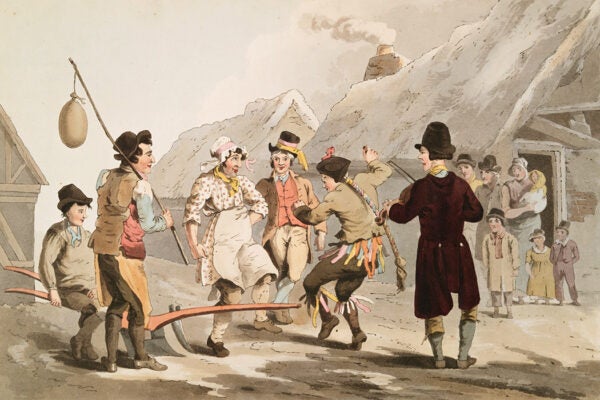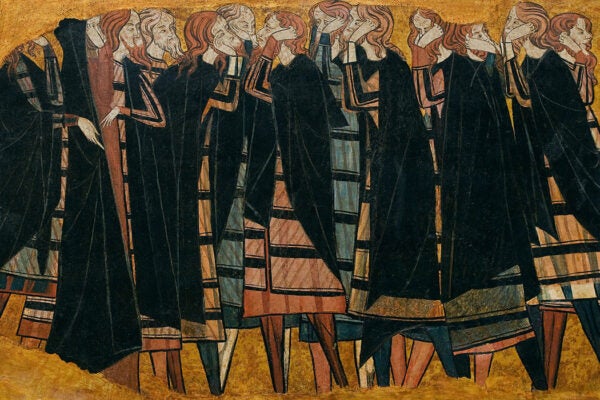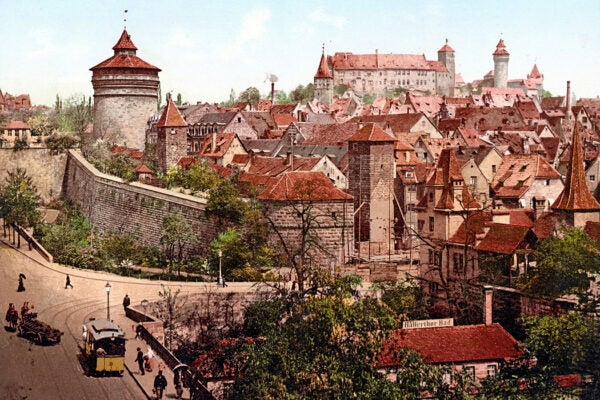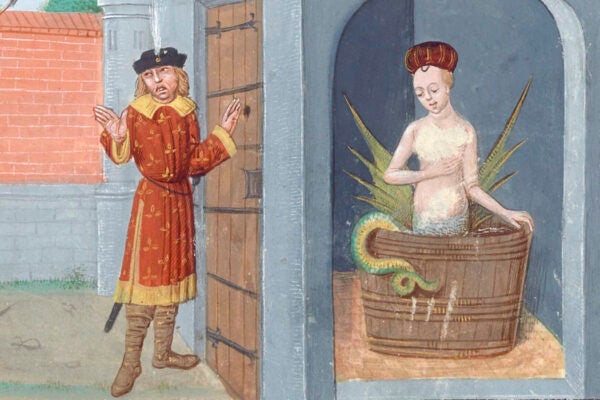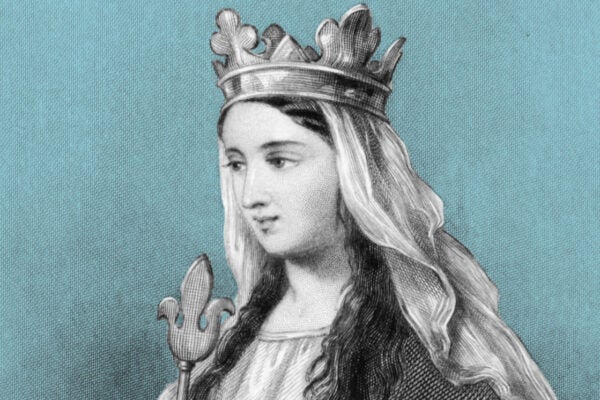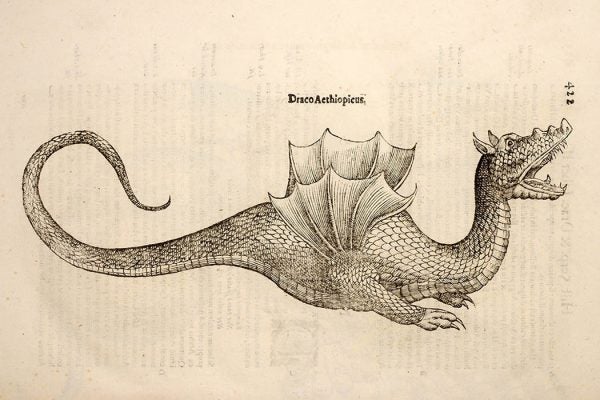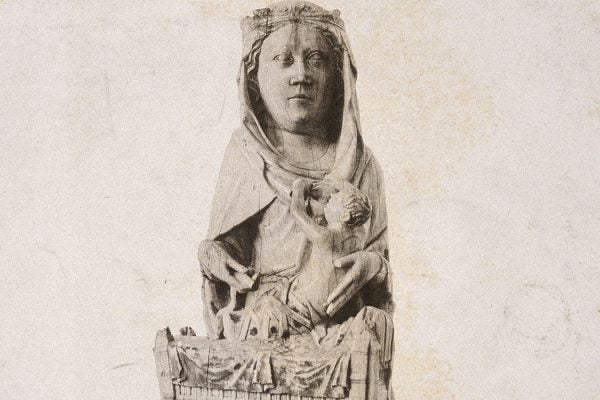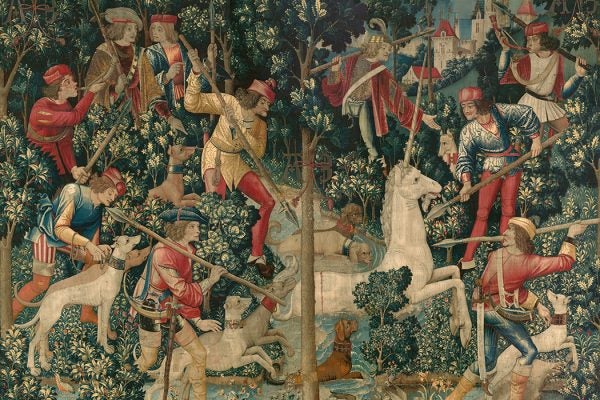Plough Monday
Or, how to follow the Christmas holiday with a festival of pranks, trick-or-treating, and drunken revelry.
Theologies of Emotion in Medieval Europe
The framework used by theologians to understand emotions changed in the Middle Ages, thanks in part to new translations of Arabic texts.
The Swooning Knights of Medieval Stories
In romantic literature of the fourteenth and fifteen centuries, fainting wasn’t just for ladies.
Nuremberg: City of Dreams and Nightmares
From a mercantile powerhouse in the Middle Ages to a stage for genocidal horror in the twentieth century, Nuremberg has played a pivotal role in German history.
Scrub-a-Dub in a Medieval Tub
Contrary to popular misconceptions, Europeans in the Middle Ages took pains to keep themselves clean.
Empress Matilda, George R. R. Martin’s Muse
Like the fictional character she inspired, Matilda was at the center of a civil war, fighting her own relatives for control of the royal throne.
Eleanor of Aquitaine’s “Court of Love”
Allegedly, the noblewomen of Poitiers solved the problems of love, lost and found. But was the court real, or was it just the fanciful invention of historians?
A Natural History of Dragons
Dragons began life as snakes, but natural historians gradually began describing them in more fantastical ways.
Paying Moms to Breastfeed in Medieval Europe
The idea of offering remuneration to women for breastfeeding—even their own children—wasn’t unusual in late medieval and early modern Europe.
The Hunt of the Unicorn Tapestries Depict a “Virgin-Capture Legend”
They’re big in elementary school, but unicorn tableaux also have a complex iconographic history that combines religious and secular myths.
